Both goats are doing great. Adi is growing a shiny new coat of hair, presumably for winter already. She is currently giving about 1 1/3 cups of milk per milking; just over one pint per day. I am going to continue milking through the month of August, and then start milking once a day for the first 1-2 weeks in September. After that I'll dry her off until breeding in early/mid October.
I have good news and bad news from the chicken department. The good news is that none of the hens or roosters died. Another good point is that my broody hen finally hatched out her chick. The bad news is that the chick died a few days later. :( We never did figure it out, as the chick didn't drown and wasn't attacked by a predator. Our best guess is that it died of heat or got stepped on by the goat. That was kind of sad, because I thought the broody hen would take better care of her chick without my assistance.
The chickens are laying between 6-9 eggs per day, and I am feeding the the same $0.66/day in feed. If I weren't selling any of the eggs, my cost per dozen would be $1.06. This month, egg sales paid for feed costs with an additional $7.00 profit. So all of the eggs we ate were free.
Ducks
I finally got around to butchering my two remaining male ducks. Hubs helped. This was a huge burden off my shoulders! I had forgotten a few key points on how to do it, so the processing took a LOT longer than it should have. I did freeze the body and drumsticks separately because they are best cooked at different temperatures (something I learned from my first duck). I still have two roosters to go, but those are easy enough to do on my own.
My one remaining female duck is recovering from some kind of foot infection (it's not bumble foot/staph) and is currently not laying eggs.
Strawberries
For those who don't know, I put in a 300-plant strawberry patch this spring in order to sell strawberries at a roadside stand next year. This income will hopefully replace the need for farmers markets. Not much is going on with the strawberry patch. We set up a sprinkler system earlier in the month that can be easily moved around to wherever it's needed. Ideally I'd have put in drip irrigation, but for the amount of plants we have I don't think it would make sense financially. Plus the patch is not established yet, and it would be a pain to till/weed around the hoses.
Besides watering once a week or so, I've also been tilling between the rows and weeding between individual plants. Actually, Hubs has been tilling and I have been weeding. We till once every 3-4 weeks (it takes about 30 minutes) and I weed after everything has been tilled. The first weeding sessions didn't take all too long because the plants were smaller. I could use a hoe for most of the weeds, and then just hand weed right up close to the strawberry plants. Now that the plants are bigger and sending out runners, the hoe is counter-productive and almost everything must be done by hand. After the last tilling, it took me between 5-10 hours (a week's worth of afternoons) to weed the whole patch.
Other Garden-Related Items
This year I tried to use some of my garden space to save money on hobby farm expenses. I grew a patch of mangel beets for animal fodder, and also grew some new herbs to use in soaps and other products to sell. As far as I can tell, both the herbs and beets were a success. The seed packets (all of which were from Baker Creek Heirloom Seeds) only cost a few dollars and paid for themselves in the first year. I am saving seed from the calendula so I won't have to buy it again.
Book of the Month: The Bio-Integrated Farm
Summer Goals
There are a few more things on my hobby farm to-do list before the summer is over. I'd like to use up all of my freezer fat to make soap and also butcher those two roosters. In the garden department, I'd like to till my old strawberry patch and move some of my old herbs (sage, 2016 lavender plant and thyme) into raised beds. Lastly, I'd like to make some revisions to my farmers market book (affiliate link) and re-release it.
Profit & Loss
Expenses:
Shelled corn- $22.00
Layer mash- $22.00
Total expenses: $44.00
Income:
Books- $10.80
Eggs- $27.00
Babysitting- $25.00
Total income: $62.80
Net profit: $18.80
Year-to-date net profit: $137.69
So, I cheated on income this month. Instead of doing a farmers market, I just threw in some babysitting money and pretended that was "farm" income. It was a lot easier than actually doing a farmers market.
My original plan this year was to do one day of market per month in order to support the hobby farm. Ideally, I would net $40.00 each time and this would more than pay for farm expenses. However, my June market was a complete bust, and I actually lost money after working 10+ hours. It was very discouraging and made me re-think doing any more markets this year. In addition, there are some big changes coming for us in October and I decided it would be wise to spend my free time preparing for those instead of earning a few more dollars for the homestead.
I thought I would be drastically behind this month without the babysitting subsidy, but before the month was over I sold several dozen more eggs than anticipated. In addition, I received some royalties from my farmers market book (which is the one I count toward "farm income"). So in the end, I would have *almost* broke even without the babysitting money. But I left it in there because an $18.00 net profit looks good on the books. :)
That's about it for this month! Hope you guys had a great July.
-Bethany
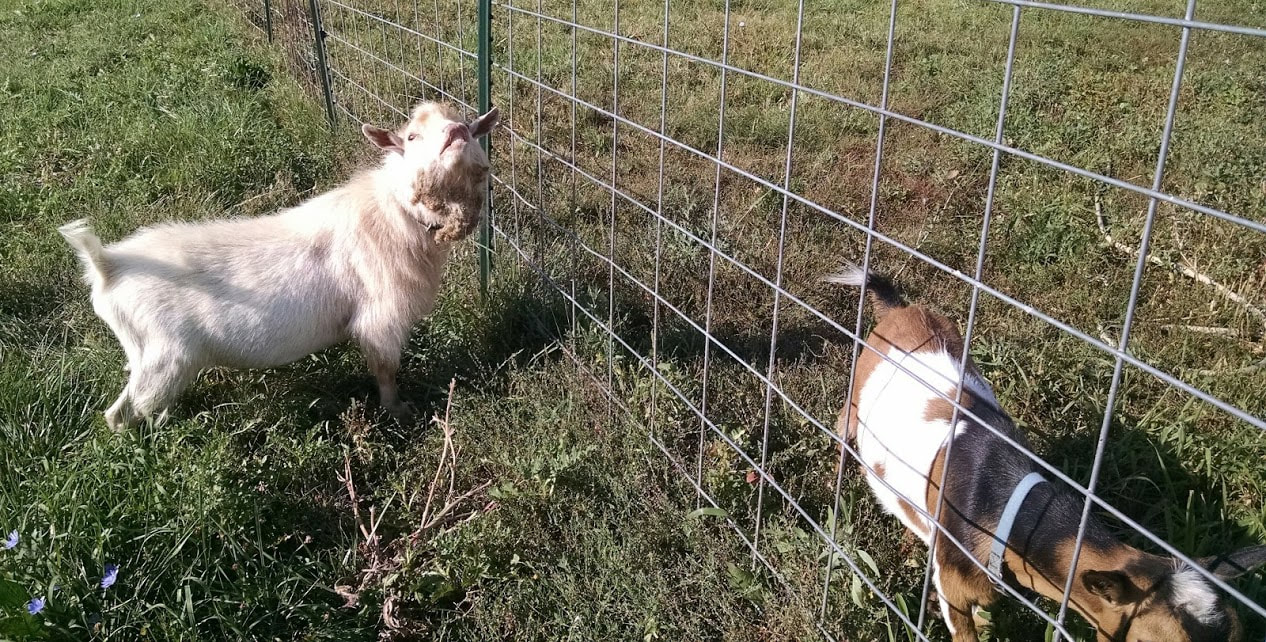
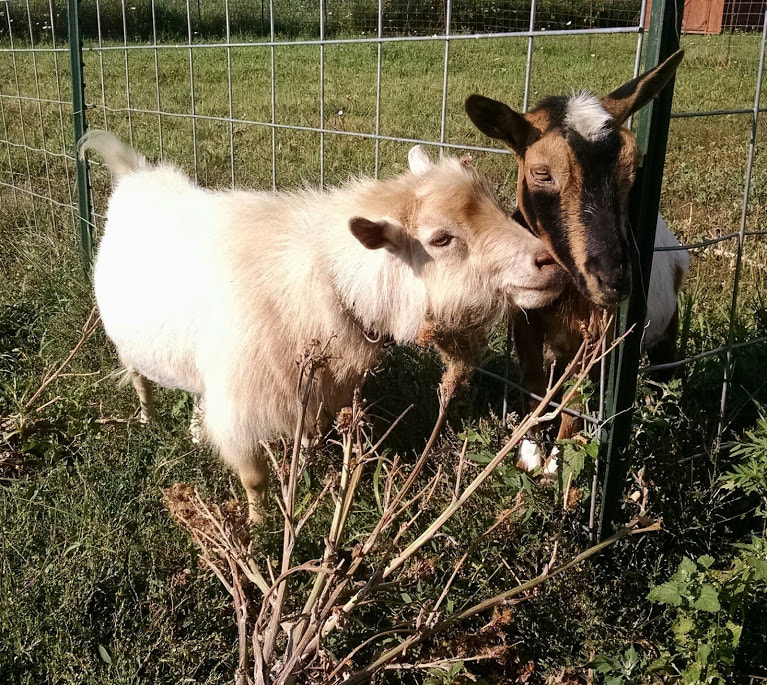




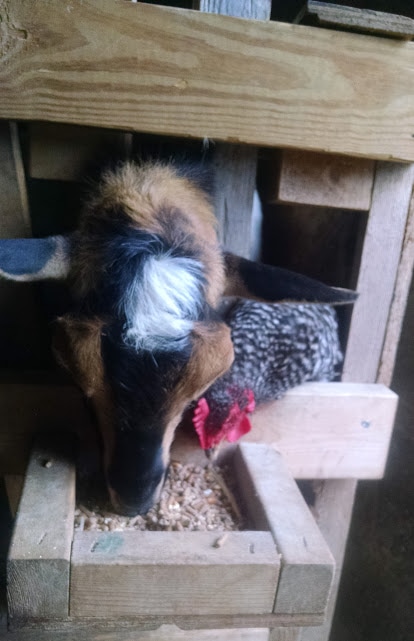
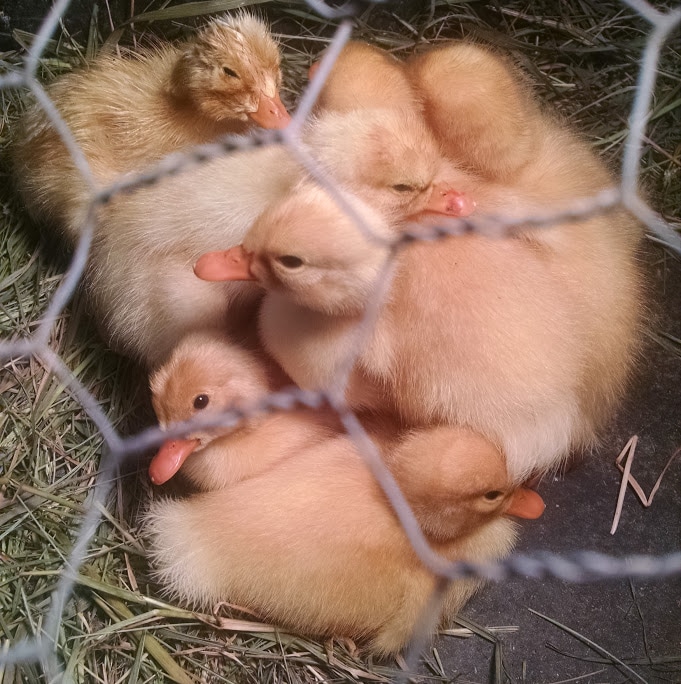
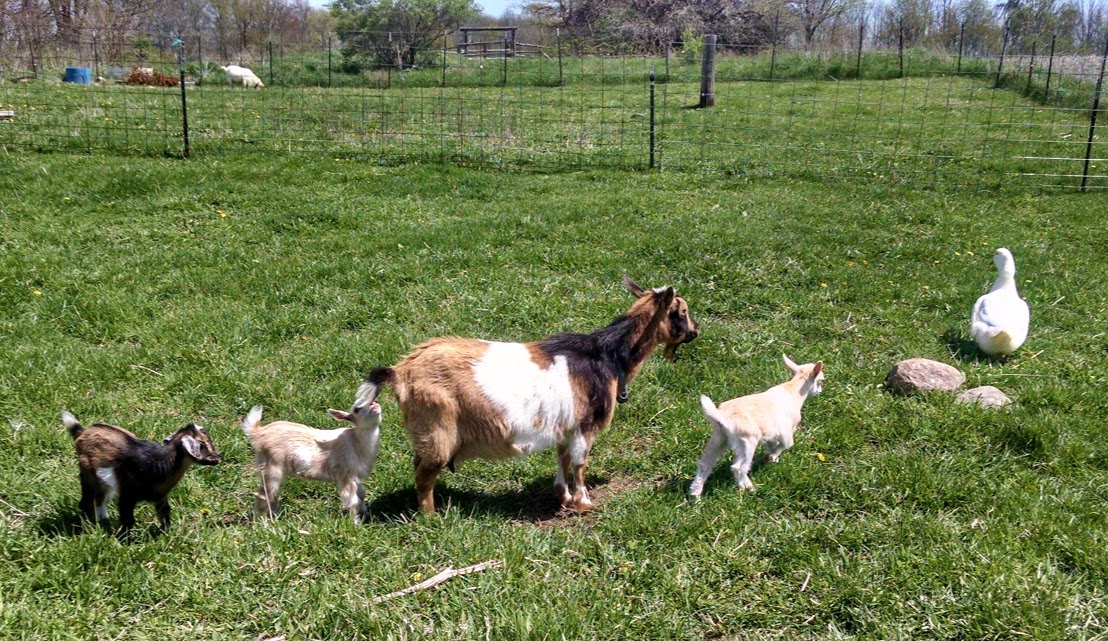
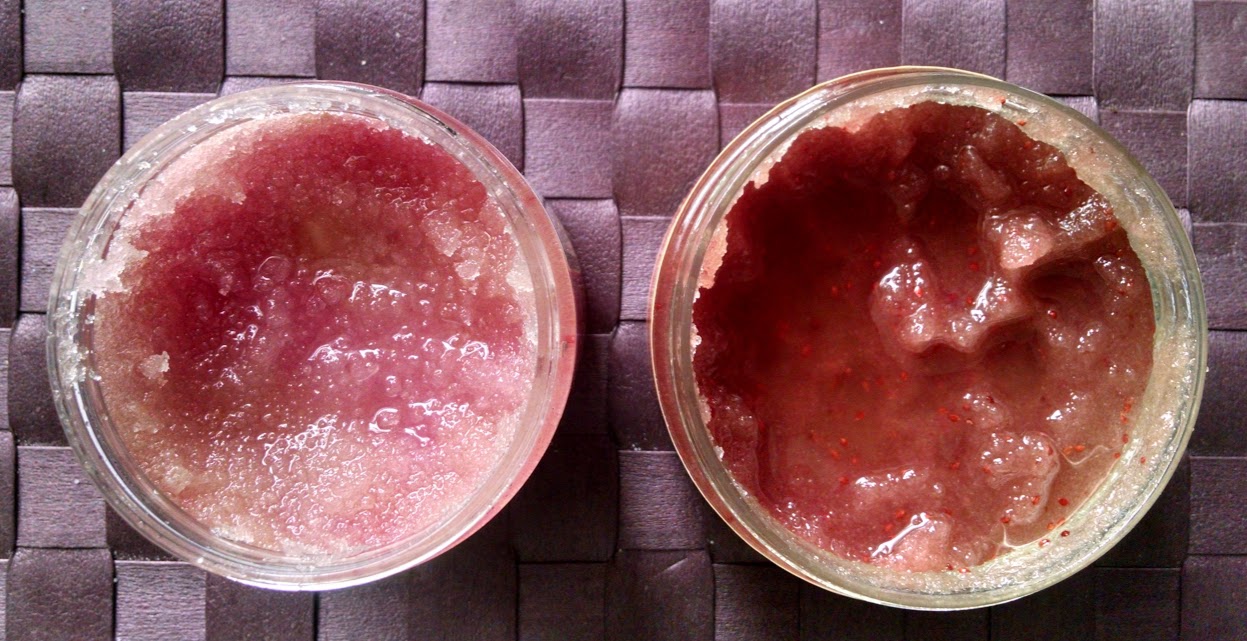
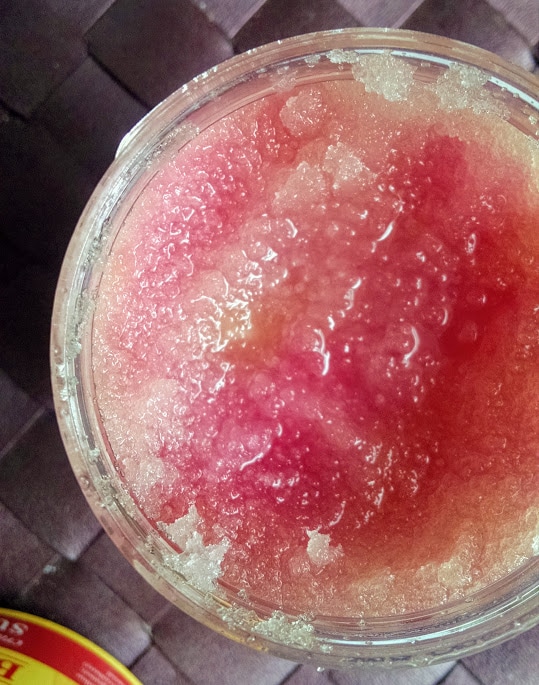
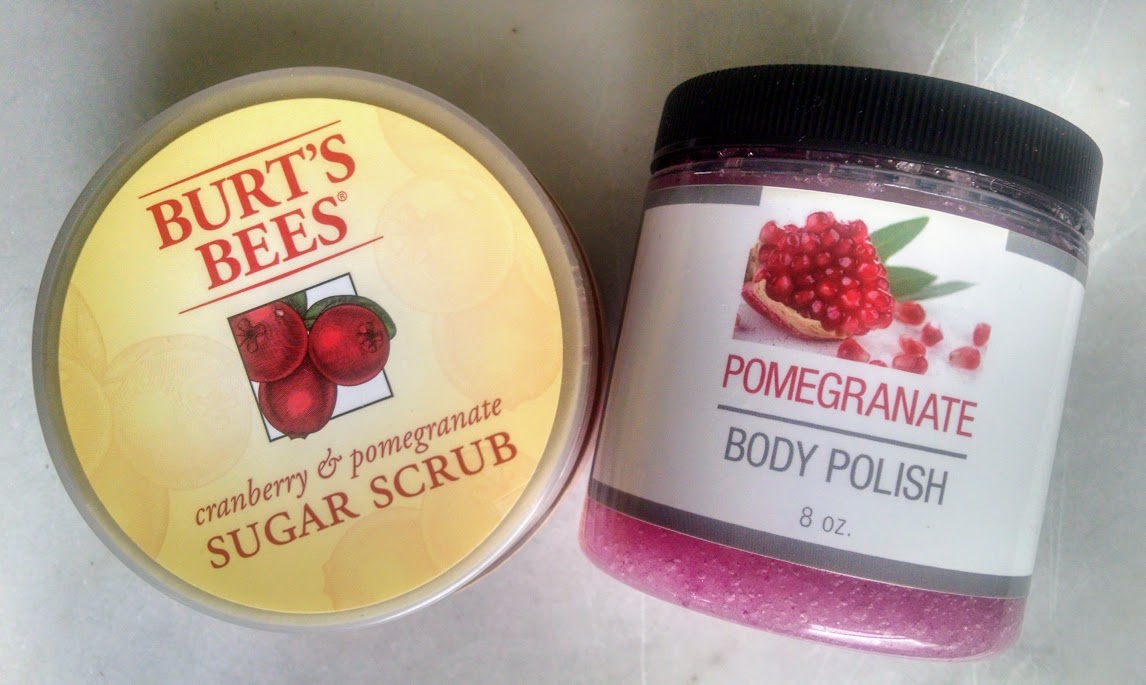
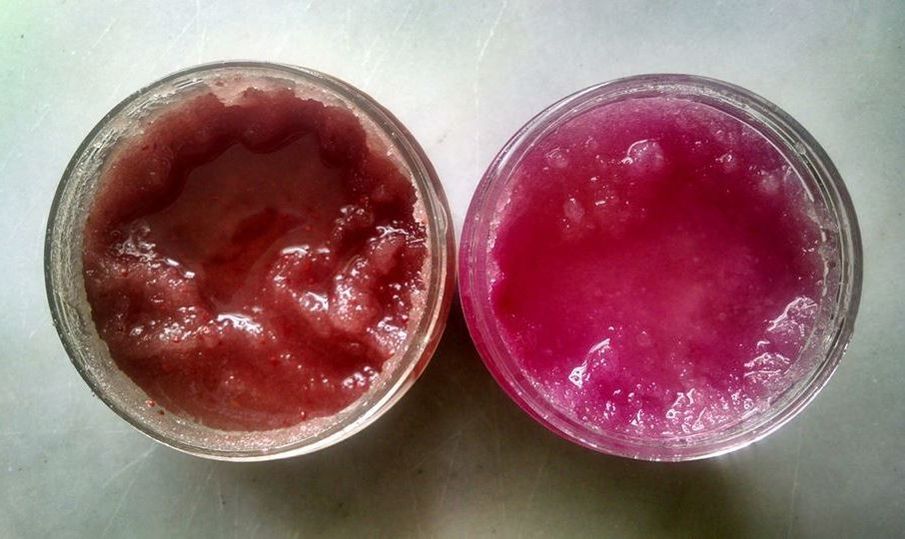
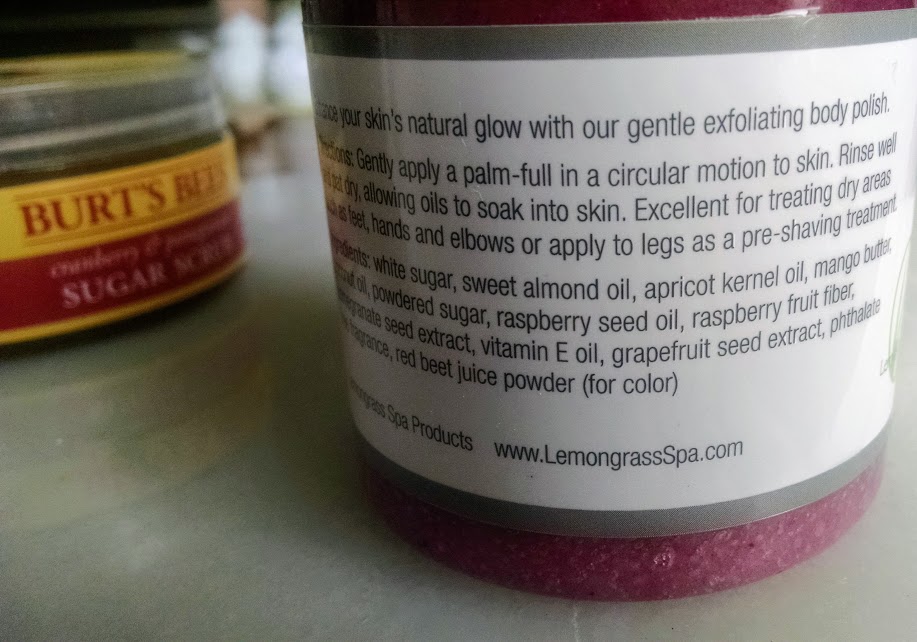
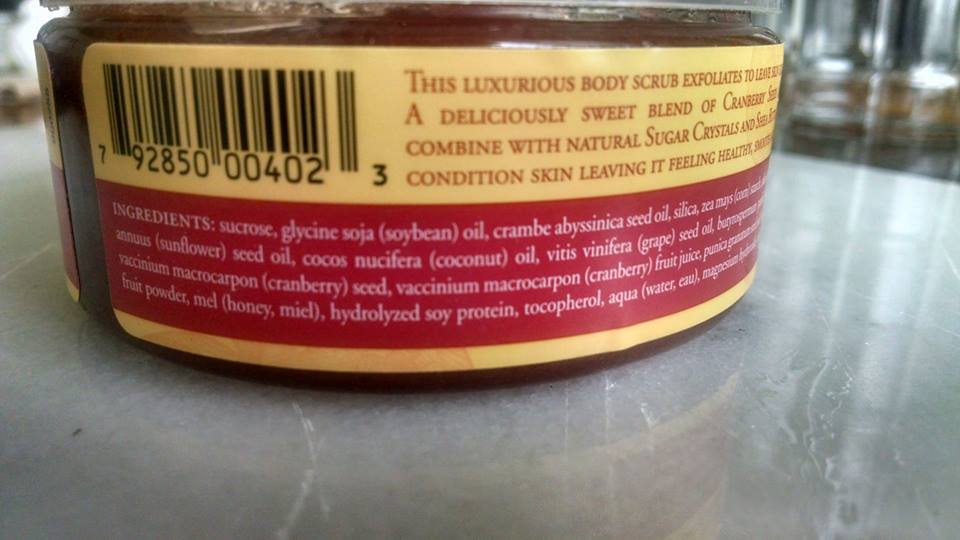
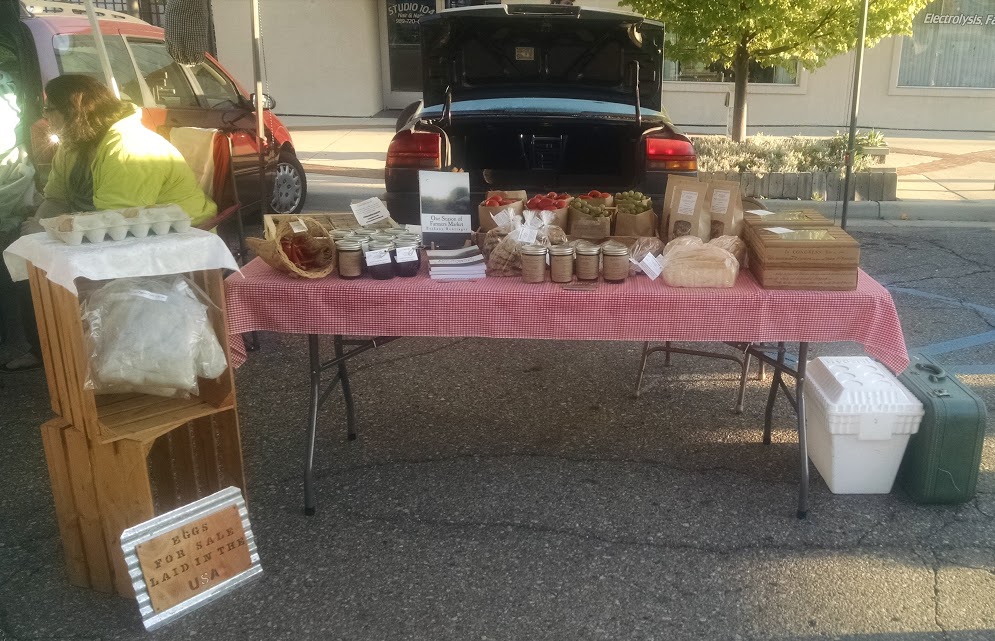
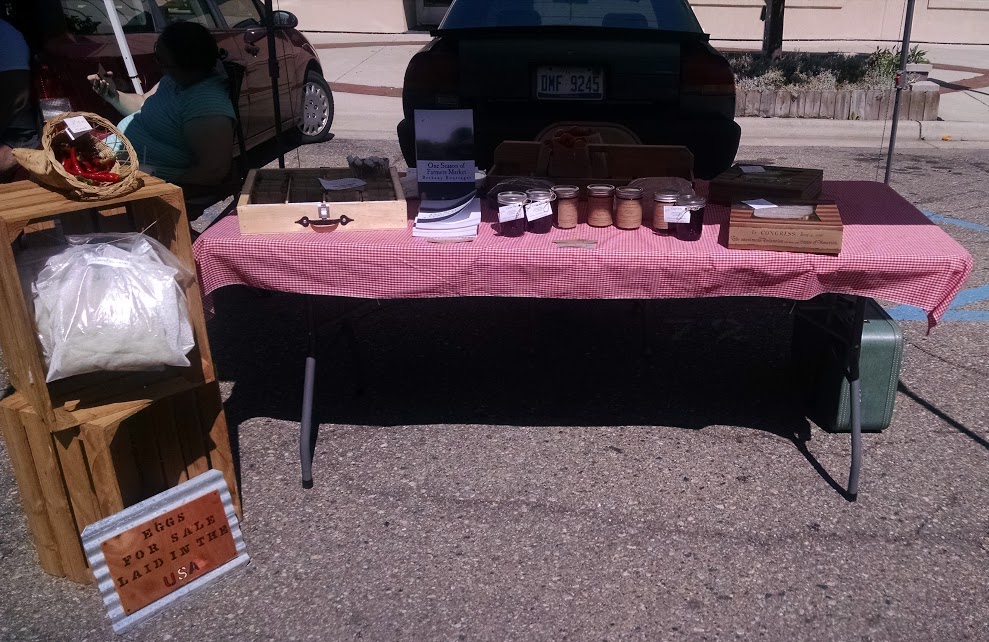
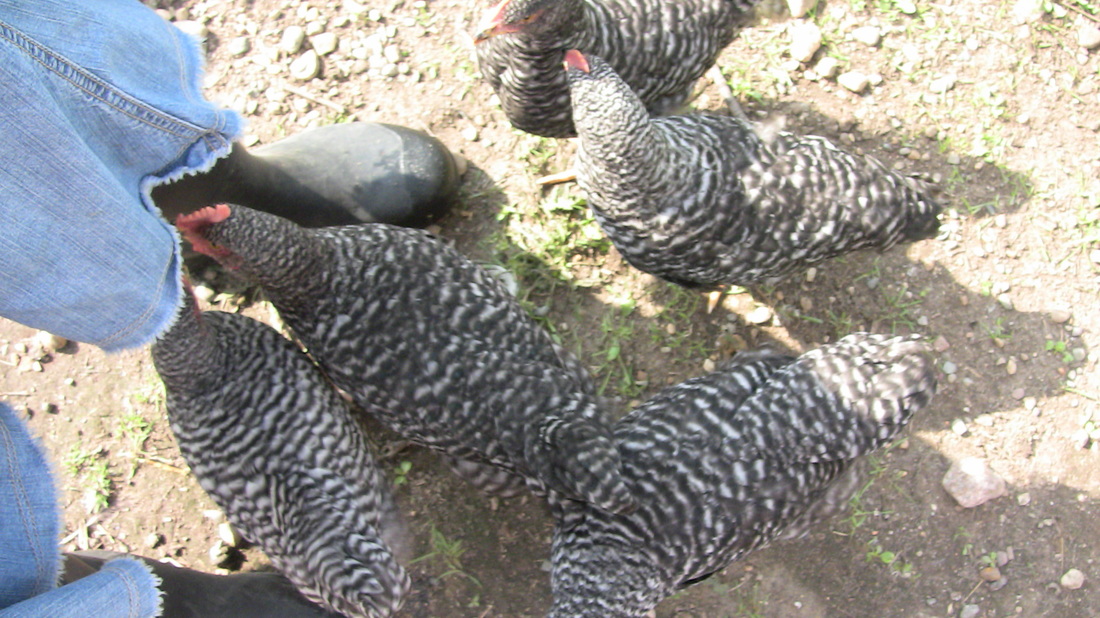




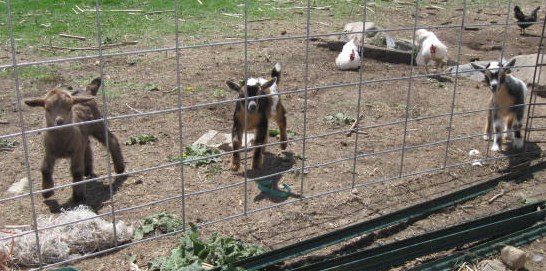

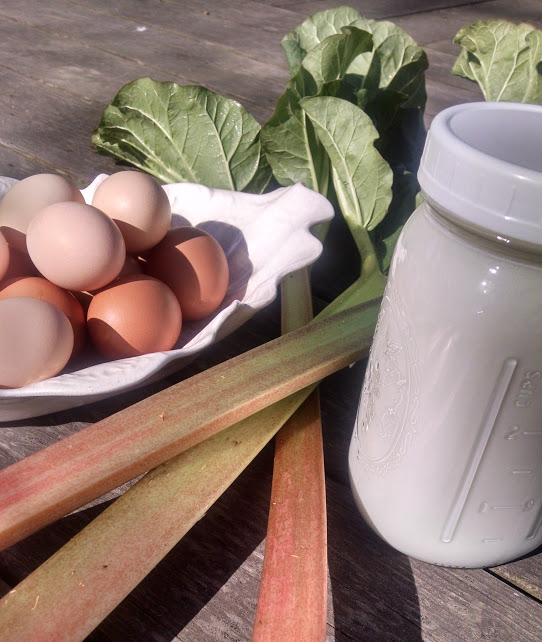





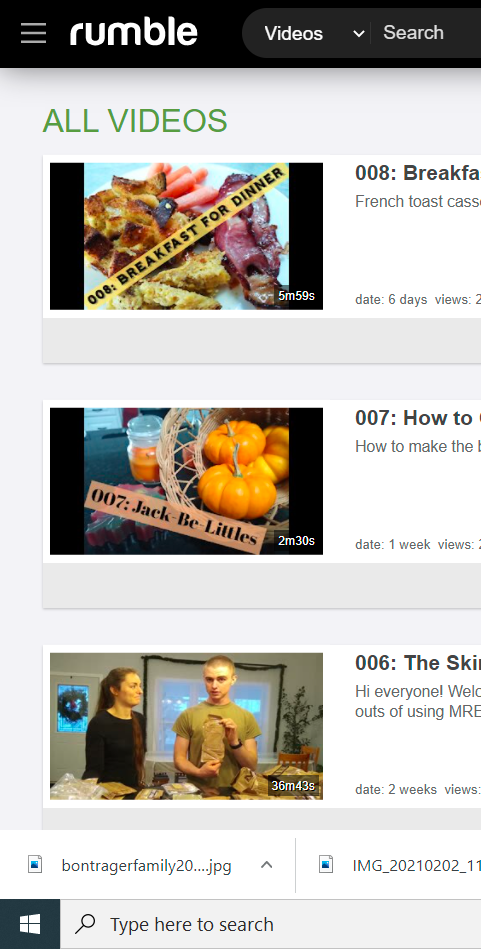
 RSS Feed
RSS Feed





